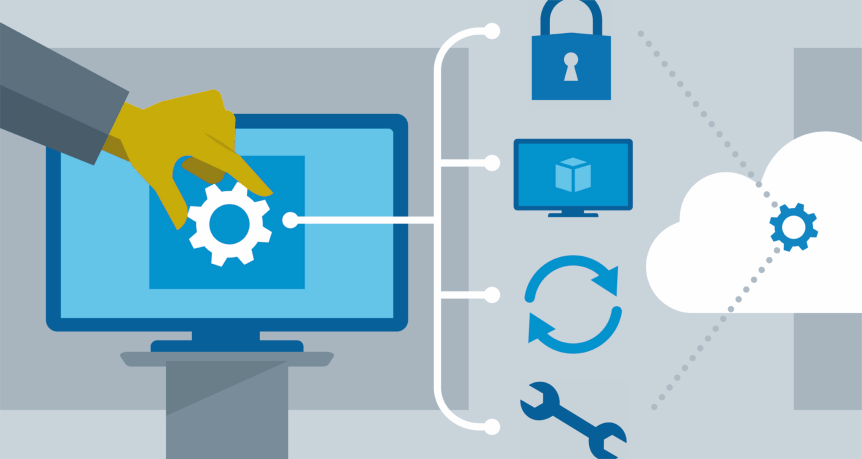In today’s fast-paced, interconnected world, the way we work and connect with one another is constantly evolving. One of the most significant changes in recent years has been the widespread adoption of remote work and the technology that enables it. Remote Desktop Protocol (RDP) server technology is at the forefront of this transformation, and its future looks promising. In this blog, we’ll delve into the world of visit speedrdp.com servers and explore how they are shaping the future of remote connectivity.
The Rise of Remote Work
The COVID-19 pandemic accelerated the shift towards remote work, forcing businesses and employees to adapt quickly. While remote work had been on the rise for years, the pandemic highlighted the need for efficient remote connectivity solutions. This is where RDP server technology stepped in.
What is RDP Server Technology?
RDP server technology allows users to remotely access and control a computer or server from a different location. It works by transmitting screen images, keyboard, and mouse input between the local and remote devices. Microsoft’s Remote Desktop Protocol (RDP) is one of the most widely used protocols for this purpose, but there are other alternatives like VNC (Virtual Network Computing).
The Current State of RDP
As of my last knowledge update in September 2021, RDP had already evolved significantly, offering features such as:
- Multi-platform support: RDP is not limited to Windows; it can be used to connect to various operating systems, including Linux and macOS.
- Enhanced security: Modern RDP implementations have robust encryption and security features to protect data during transit.
- Remote collaboration: RDP can facilitate remote collaboration by allowing multiple users to access a single machine simultaneously, making it useful for tasks like pair programming or troubleshooting.
- Cloud integration: RDP can be used with cloud services, allowing users to access virtual machines and cloud-hosted resources with ease.
The Future of RDP Server Technology
As technology continues to advance, the future of RDP server technology is likely to be even more promising. Here are some trends and developments to look out for:
1. Improved Performance
Future RDP implementations will likely focus on enhancing performance. Faster and more responsive connections will be crucial for tasks that require real-time interaction, such as video editing and gaming.
2. Enhanced Security
With the growing concern about cyber threats, RDP will continue to evolve its security features. This might include advanced authentication methods, better encryption, and stronger access controls to ensure data remains secure during remote connections.
3. Integration with Emerging Technologies
RDP will likely integrate with emerging technologies like augmented reality (AR) and virtual reality (VR). This could enable users to access and interact with remote environments in a more immersive way.
4. IoT and RDP
The Internet of Things (IoT) is expanding rapidly, and RDP could play a role in remotely managing and controlling IoT devices. This would provide a seamless way to monitor and control IoT infrastructure from anywhere in the world.
5. AI and Automation
Artificial intelligence (AI) and automation will likely be integrated into RDP server technology to improve user experience and simplify complex tasks. For example, AI-driven troubleshooting and self-healing systems could become commonplace.
6. Customization and Personalization
Future RDP solutions may offer more customization options, allowing users to tailor their remote desktop environments to their specific needs and preferences. This could include personalized virtual workspaces and themes.
7. Edge Computing
As edge computing gains traction, RDP may find applications in managing and accessing edge devices and resources, extending its reach beyond traditional data centers and cloud services.
Conclusion
The future of remote connectivity lies in the hands of technologies like RDP server technology. With ongoing advancements in performance, security, and integration with emerging technologies, RDP is poised to play a vital role in shaping the way we work, collaborate, and access remote resources. As the world continues to embrace remote work and interconnectedness, RDP will remain a cornerstone of remote connectivity, facilitating seamless access to resources from anywhere, at any time. Stay tuned for exciting developments in the world of RDP as it continues to evolve and adapt to the changing needs of our digital age.
